Top Practices for Forest Soil Health Management
- August 28, 2024
- 0 comment
Forest soil health is the foundation of thriving ecosystems, serving as the bedrock for tree growth, biodiversity, and critical ecosystem services. Healthy soils support nutrient cycling, water retention, and the stability of entire ecosystems. However, managing forest soil health presents significant challenges, including soil erosion, compaction, nutrient depletion, and the impacts of climate change. Addressing these challenges requires a deep understanding of soil composition, the factors influencing soil health, and the adoption of best practices to maintain and improve it.
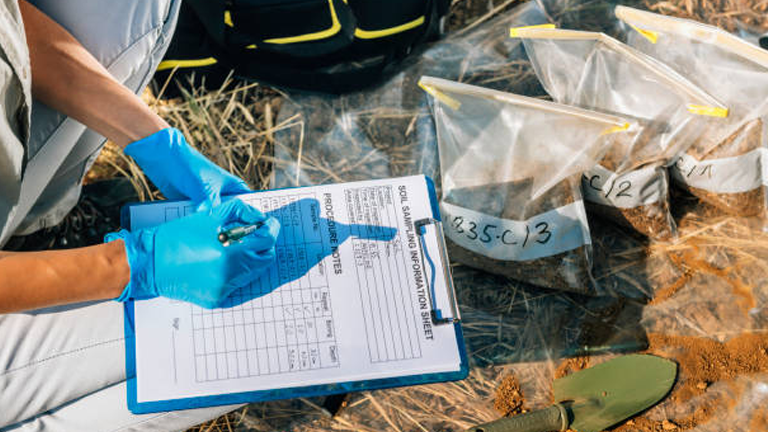
Table of Content
- Understanding Forest Soil Composition and Structure
- Key Factors Influencing Forest Soil Health
- Best Practices for Maintaining and Improving Forest Soil Health
- Monitoring and Assessing Forest Soil Health
- Challenges and Solutions in Forest Soil Health Management
- The Role of Policy and Education in Promoting Soil Health
- Future Directions in Forest Soil Health Management
- FAQs
Understanding Forest Soil Composition and Structure

Forest soils are complex systems composed of organic matter, minerals, water, and air. The balance between these components determines the soil’s ability to support healthy forest ecosystems. Organic matter, including leaf litter and decomposing wood, provides essential nutrients and enhances soil structure. Minerals contribute to soil fertility, while water and air create the necessary environment for root growth and microbial activity.
Soil structure, texture, and porosity are crucial for forest health. Well-structured soils with good porosity allow roots to penetrate deeply, improving water and nutrient uptake. Variations in soil composition across different forest types highlight the need for site-specific management practices that consider the unique characteristics of each forest’s soil.
Factors Influencing Forest Soil Health
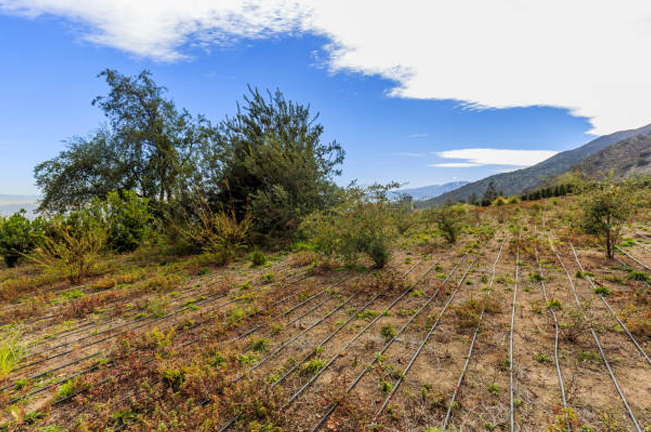
Several factors influence the health of forest soils. Climate plays a significant role, with temperature and precipitation patterns affecting soil moisture, organic matter decomposition, and nutrient availability. Topography impacts soil erosion and drainage, while vegetation influences the amount of organic matter and root structure in the soil.
Microorganisms, fungi, and plant roots are vital in maintaining soil structure and fertility. These organisms decompose organic matter, cycle nutrients, and create symbiotic relationships that enhance plant growth. Forest management practices, such as logging and land clearing, can either improve or degrade soil health, making it essential to adopt practices that prioritize soil conservation.
Best Practices for Maintaining and Improving Forest Soil Health
Conservation Tillage and No-Till Methods
Minimizing soil disturbance is crucial for preserving soil structure and preventing erosion. Conservation tillage and no-till methods reduce compaction and maintain the soil’s natural layers, which are essential for water infiltration and root growth. These techniques are particularly effective in reducing erosion on sloped lands and maintaining soil organic matter.
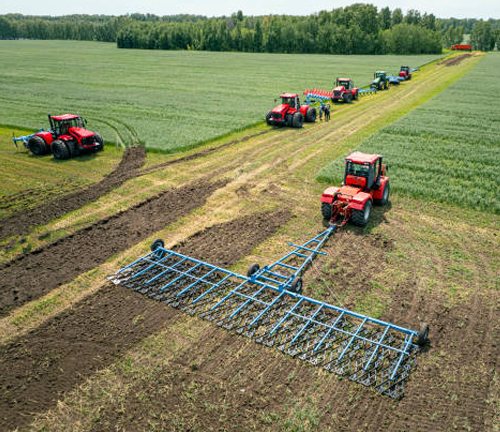
Organic Matter Management
Maintaining organic matter on the forest floor is vital for soil health. Leaf litter, deadwood, and other organic materials decompose to enrich the soil with nutrients. Practices such as mulching and composting can further increase soil organic carbon, enhancing soil fertility and promoting healthy root systems.

Cover Cropping and Ground Cover Management
Cover crops and ground covers protect soil from erosion, improve nutrient cycling, and enhance biodiversity. Selecting native plants for ground cover supports the local ecosystem and promotes soil health. Cover cropping can also suppress weeds and enhance soil structure by preventing bare soil exposure.
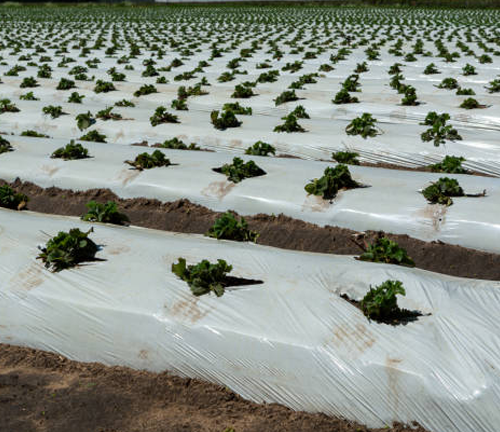
Water Management and Erosion Control
Water management is essential for preventing soil erosion, especially in sloped and riparian areas. Techniques such as buffer strips, contour planting, and check dams help slow water flow, reduce erosion, and promote water infiltration. These methods protect soil health and contribute to the long-term sustainability of forest ecosystems.

Nutrient Management
Balancing soil nutrients is critical for healthy forests. Strategies include adding biochar, compost, and mycorrhizal inoculation to enhance soil fertility naturally. These practices help maintain nutrient levels, improve soil structure, and support diverse microbial communities essential for soil health.

Monitoring and Assessing Forest Soil Health
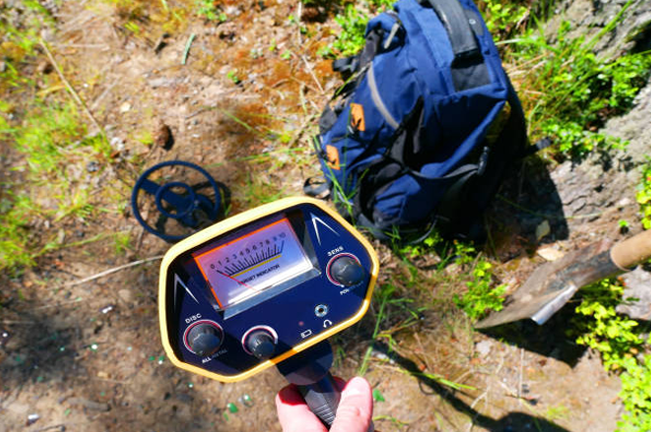
Effective forest soil management requires regular monitoring and assessment. Key indicators of soil health include soil pH, organic matter content, and microbial activity. Soil sampling and testing provide valuable data on nutrient levels, compaction, and moisture content, informing management decisions. Developing a comprehensive soil health monitoring plan is crucial for adapting practices to changing conditions and ensuring long-term soil vitality.
Challenges and Solutions in Forest Soil Health Management

Forest soil health management faces several challenges, including soil compaction from logging, degradation in disturbed areas, and the spread of invasive species. Addressing these issues requires innovative solutions such as using low-impact logging techniques, restoring degraded soils with organic amendments, and managing invasive species through targeted removal and reforestation efforts. Overcoming these challenges is key to maintaining healthy and resilient forest ecosystems.
The Role of Policy and Education in Promoting Soil Health
Government policies and programs play a significant role in promoting sustainable soil management. Policies that support conservation practices, incentivize reforestation, and regulate land use are essential for protecting forest soil health. Education is equally important, as it equips forest managers, landowners, and communities with the knowledge and skills needed to implement effective soil management practices. Collaborative community initiatives and partnerships can further enhance efforts to improve forest soil health.
Future Directions in Forest Soil Health Management
The future of forest soil health management lies in the adoption of emerging practices and technologies. Soil conservation techniques such as regenerative forestry, which focuses on restoring degraded soils, are gaining traction. Additionally, climate change poses new challenges, requiring adaptive management strategies to protect soil health under changing environmental conditions. By embracing these innovations and continuing to prioritize soil health, forest managers can ensure the long-term sustainability of forest ecosystems.
Frequently Asked Questions (FAQs)
1. What is forest soil health, and why is it important?
Forest soil health refers to the condition of the soil in a forest ecosystem, including its structure, nutrient content, and ability to support plant and microbial life. Healthy soils are essential for tree growth, biodiversity, water retention, and overall ecosystem stability.
2. What are the key components of forest soils?
Forest soils are composed of organic matter, minerals, water, and air. The balance of these components determines the soil’s fertility, structure, and ability to support plant and microbial life.
3. How does soil structure affect forest health?
Soil structure, including its texture and porosity, affects root penetration, water retention, and nutrient availability. Well-structured soils support healthy tree growth and maintain ecosystem services.
4. What factors influence forest soil health?
Key factors include climate, topography, vegetation, and the presence of microorganisms and fungi. Human activities, such as logging and land management practices, also significantly impact soil health.
5. What are the best practices for maintaining and improving forest soil health?
Best practices include conservation tillage, organic matter management, cover cropping, water management, erosion control, and nutrient management. These methods help maintain soil structure, prevent erosion, and enhance fertility.
6. How can soil erosion be prevented in forested areas?
Soil erosion can be prevented by implementing buffer strips, contour planting, check dams, and maintaining ground cover. These techniques reduce water runoff and protect soil from being washed away.
7. What is the role of microorganisms and fungi in forest soil health?
Microorganisms and fungi play a crucial role in decomposing organic matter, cycling nutrients, and maintaining soil structure. They form symbiotic relationships with plants, enhancing nutrient uptake and promoting healthy growth.
8. How can forest soil health be monitored and assessed?
Soil health can be monitored through indicators such as soil pH, organic matter content, and microbial activity. Regular soil sampling and testing provide data to guide management practices and ensure long-term soil health.
9. What challenges are faced in managing forest soil health?
Challenges include soil compaction from machinery, degradation in disturbed areas, invasive species, and soil contamination. Addressing these challenges requires targeted solutions such as low-impact logging and restoration efforts.
10. How do government policies and education influence soil health management?
Government policies support sustainable soil management through conservation incentives and regulations. Education provides forest managers and landowners with the knowledge needed to implement effective soil health practices.
11. Can you provide examples of successful forest soil health management?
Successful examples include the use of no-till methods, cover cropping, and organic matter management in various forests. These practices have led to reduced erosion, improved biodiversity, and enhanced soil fertility.
12. What are the future trends in forest soil health management?
Emerging trends include regenerative forestry, adaptive management for climate change, and the use of new technologies for soil monitoring and conservation. These innovations aim to restore degraded soils and ensure sustainable forest management.

Gilbert Griffin
Forestry AuthorGilbert Griffin is a forest management expert specializing in sustainable practices, forest health, conservation, and land management. With extensive knowledge in pest control, disease management, and habitat restoration, Gilbert develops strategies to preserve forest ecosystems and biodiversity. Passionate about the natural world, Gilbert adapts to changes in forest management and stays updated through continuous learning. Gilbert also provides seasonal advice to optimize forest care throughout the year.










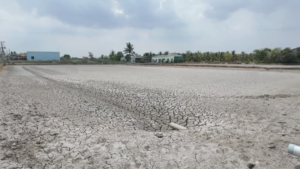

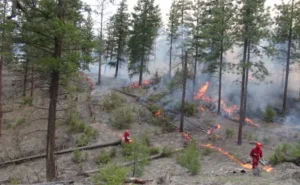
Leave your comment